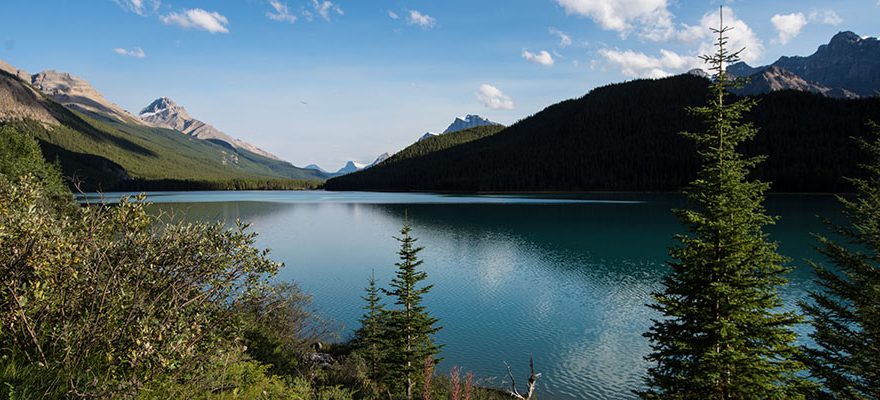
The Need for Better Monitoring to Protect Canada’s Freshwater Resources
Canada has an abundance of freshwater. Our belief in this abundance is deeply embedded in our culture, so much so that a recent survey shows that Canadians are not inclined to spend tax dollars on water. Why would we need to when, with less than 0.5% of the world’s population, we control 20% of the world’s freshwater resources? There are far more pressing priorities for our governments to attend to.
However, the evidence doesn’t justify our confidence.
Environment Canada points out that only a third of this water is renewable – the rest is fossil water in lakes, aquifers and glaciers. Furthermore, more than half of this water flows north into the Arctic Ocean and Hudson Bay, and is therefore inaccessible to 85% of Canadians who live along the southern border.
The recent World Wildlife Federation (WWF) publication “Watershed Reports” provides a valuable perspective on the consequences of taking water for granted. The report looks at four themes – flow, water quality, fish and benthic invertebrates – to identify priorities to ensure that all water in Canada is in good ecological condition by 2025. This assessment requires data, yet 110 of 167 sub-watersheds (67%) lack sufficient baseline data to be scored in all four themes:
- Flow data are available in 129 sub-watersheds, of which 37 (22%) did not receive a good score, mainly due to the impact of dams altering the aquatic environment.
- Water Quality data are available in 67 sub-watersheds, of which 42 (63%) had only fair or poor water quality. Poor water quality was mainly due to agricultural runoff or metals, either natural or downstream of mining activities.
- Benthic Invertebrates data are only available in 55 sub-watersheds, of which 20 (37%) had only a fair or poor score.
- Fish data are available in 56 sub-watersheds, all of which were found to be in good health. However, the lack of long-term data prevented consideration of trends in species presence and abundance.
The WWF concluded that 53 of 167 sub-watersheds exhibit high or very high levels of stress and that none of the 167 are immune to the threats of pollution, climate change, alteration of flows, water use, habitat loss, invasive species, and fragmentation. There are four areas in need of immediate improvement – data collection, analysis, sharing, and currency:
- Data Collection – The continuity of long-term data is under constant threat of fragmentation. Community-based monitoring is under-utilized. The geographic coverage is uneven and baseline data are lacking in areas of emerging risk.
- Data Analysis – Inconsistent protocols and guidelines for data analysis can be incompatible and/or incomparable. Guidelines may be too generic, resulting in over-permissive thresholds for local conditions. Evidence-based decisions need analyses that should be consistent, yet still account for regional differences.
- Data Sharing – Freshwater is a public resource, hence data need to be publicly accessible in a usable format. More work is needed to analyze, communicate and visualize data from all sources.
- Data Currency – Monitoring needs to be continuous and the results of monitoring need to be available in a timely manner.
Open data are the key to water advocacy and are essential to win the attention of policy makers. Tough political decisions cannot be made in the absence of compelling evidence.
Watershed improvement starts with water monitoring improvements.
Canada may be water rich, but we are at risk of squandering its natural wealth because we are data poor. The WWF has correctly identified a path to success, but it remains to be seen whether Canadians have the initiative and motivation needed to succeed.


